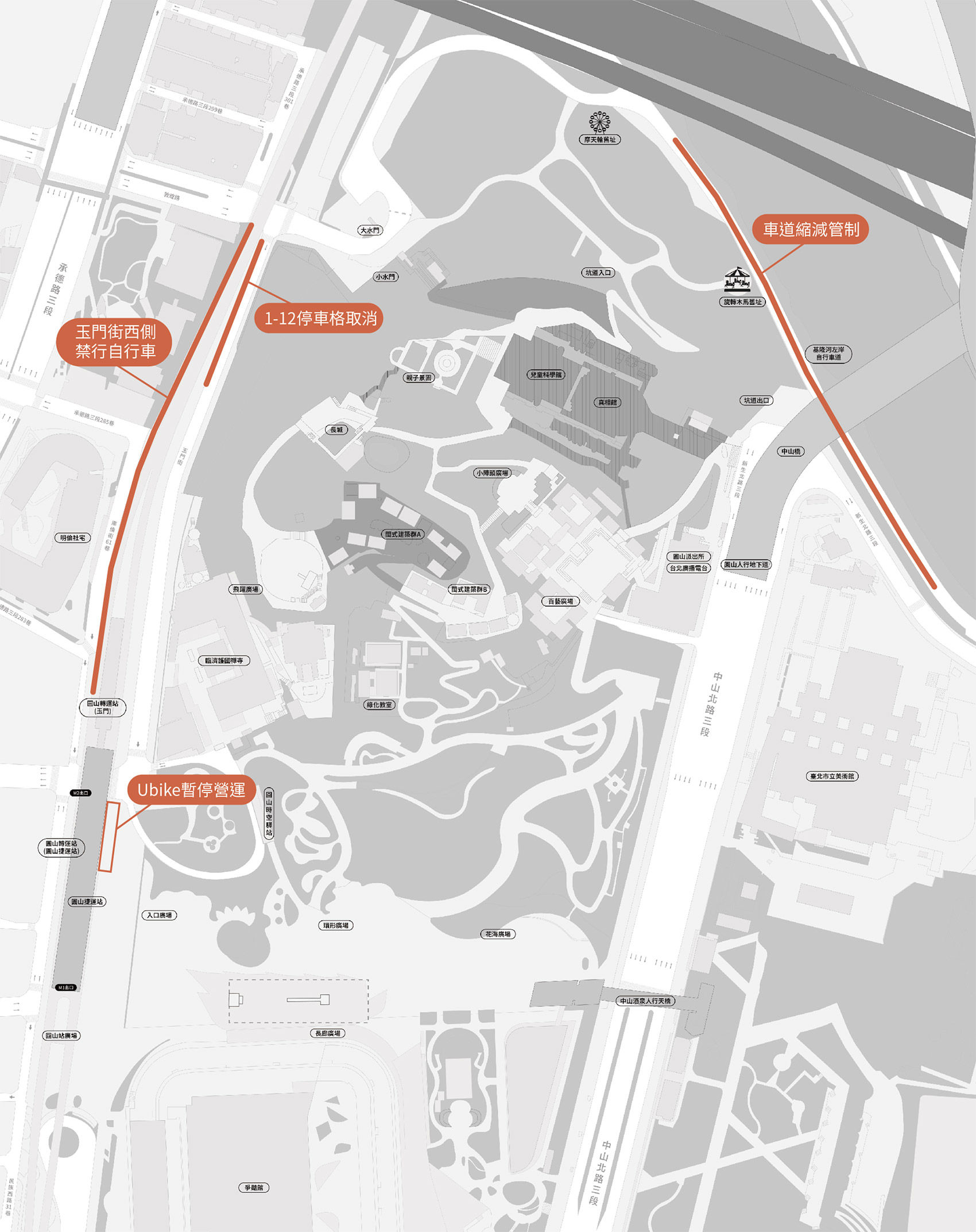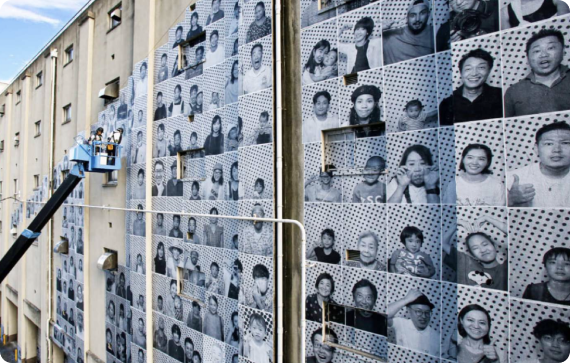《搏筊Pua̍h-Pue》— 機率還是天啓?"Pua̍h-Pue"—Divination Blocks?
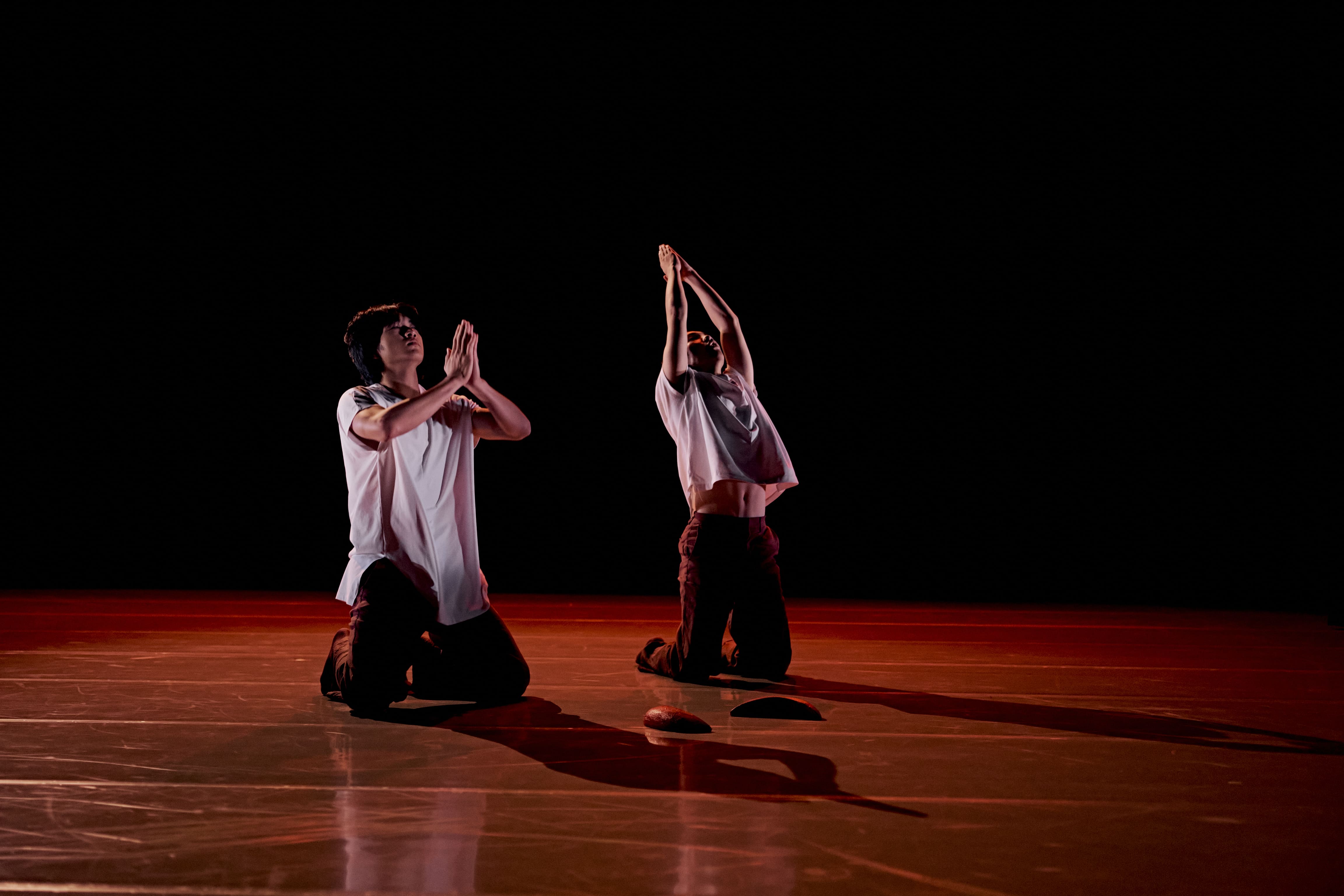
攝影 陳韋勝
A03.《搏筊Pua̍h-Pue》— 機率還是天啓?
"Pua̍h-Pue"—Divination Blocks?
身體不止 / Nonly Body
關於表演
About this performance
《搏筊 Pua̍h-Pue》是一場能「問神」的現場舞蹈。
現場將即時擲筊,根據筊杯的回應,改變作品的動作與演出走向。每一次擲出,都是一次對命運的提問:這是神明的指示還是內心渴望的投射,又或者只是更單純的機率問題?
在這場介於儀式與問神行為之間的演出中,我們看見的不只是更高智慧的答案,更是自己心裡的聲音。
“Pua̍h-Pue” is a live dance performance that can “ask the gods.”
During the performance, divination blocks (jiao bei) are tossed, and the movements and direction of the performance change based on the result. Each toss is a question posed to fate: Is this the guidance of the gods, a projection of inner desires, or simply chance?
In this performance between ritual and divination, what we see is not only answers from a higher wisdom but also our own inner voice.
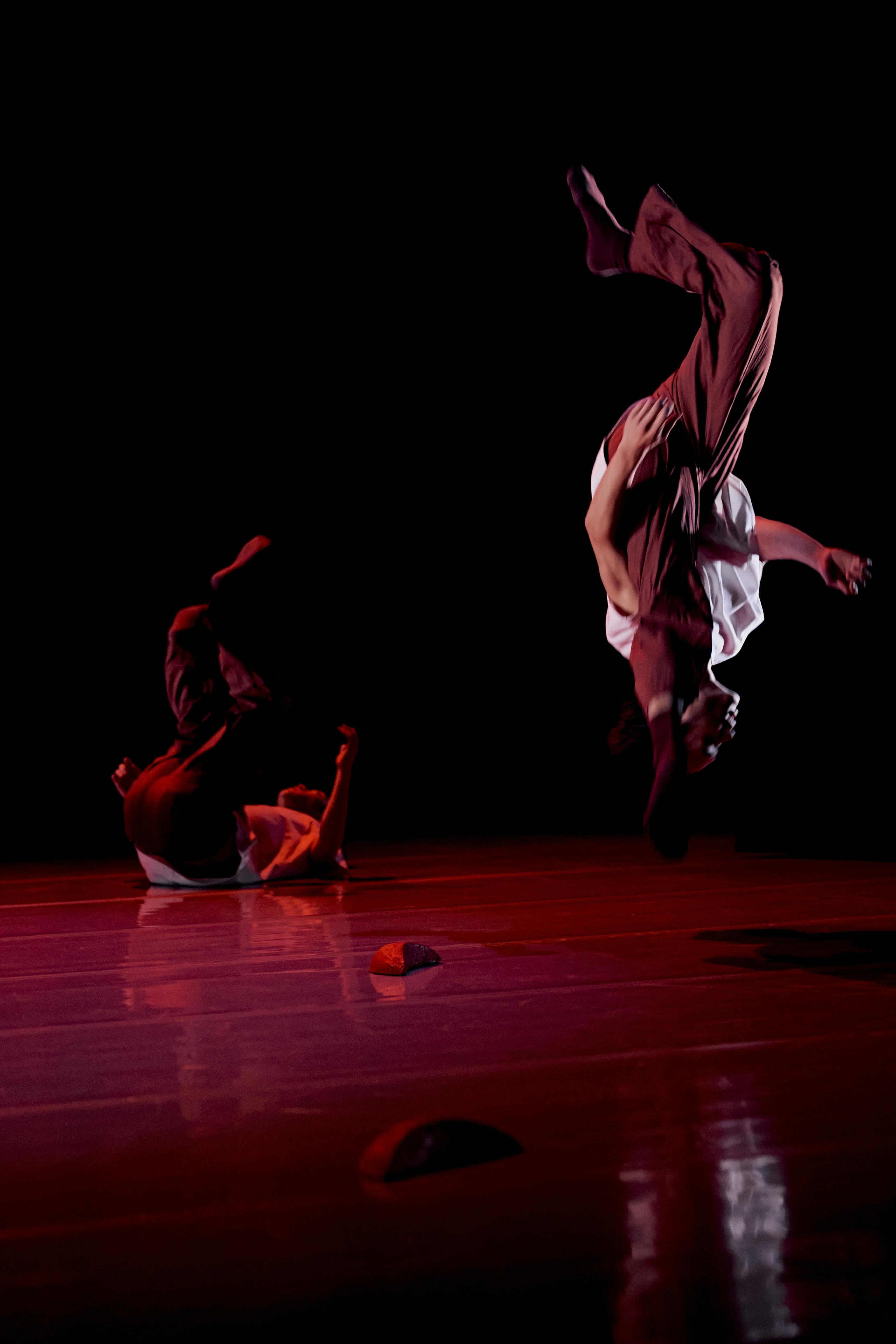
攝影 謝光俞
Artist
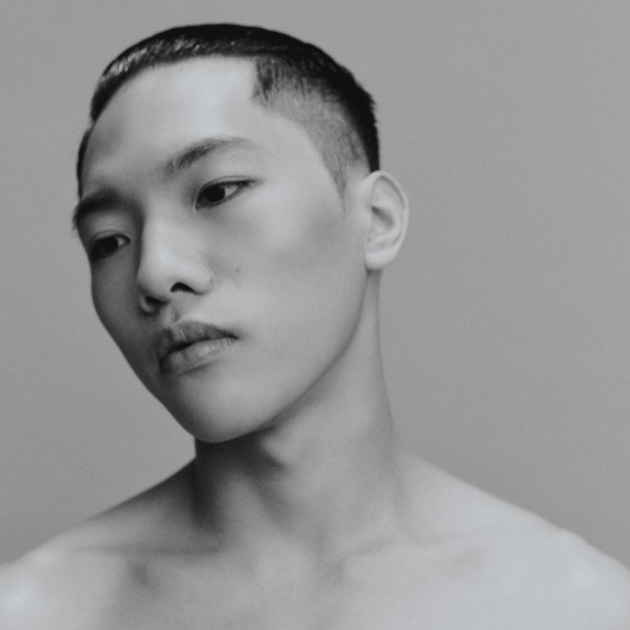
編舞 郭爵愷
身體不止 /
Nonly Body臺灣 / Taiwan
「舞蹈是一趟旅程,始於身體,即使身體消散,旅程亦不停止。」
三個從小學舞、學武、學馬術的男孩,憑藉舞蹈前往國際頂尖舞團與世界各國舞台,飛行曾是日常,不停跨越國土與文化的疆界、感受身體與心靈的極限後,他們在二十歲的下半場,選擇飛回自身土地的起點,創立「身體不止」,與大家分享舞蹈的起點,一同探索從舞蹈感受到的快樂與可能性。
先是身體,再是舞蹈—他們開辦身體工作坊,帶著素人或舞者、孩童或長者,與身體細微對話。
先是教育,再是推廣—他們帶著藝術從山到海的走入校園,為青少年示範如何欣賞在舞裡坦然展現的自己、如何與身體成為夥伴。
先是生活,再是作品—與舞蹈同行多年後,他們回到起點重新看待舞蹈之於自己、大眾、乃至時代的意義,以真誠生活回應創作能量,創團舞作《搏筊》以舞詮釋傳統文化裡人心的反覆與虛實,屢獲獎項,亦收到諸多演出邀約。
“Dance is a journey that begins with the body; even when the body fades, the journey does not stop.”
Three boys who grew up learning classical dance, martial arts, and horse riding traveled through dance to join top international dance companies and perform on stages around the world. Flying became a daily routine, constantly crossing borders of countries and cultures, pushing the limits of their bodies and spirits. In their late twenties, they chose to fly back to the starting point of their own land and founded “Nonly Body” to share the origins of dance with everyone and explore the joy and possibilities felt through dance.
First comes the body, then comes dance — they run body workshops, leading both amateurs and dancers, children and the elderly, in subtle dialogues with their bodies.
First comes education, then comes promotion— they bring art from mountains to sea and into schools, demonstrating to youth how to appreciate the fearless expression of oneself in dance and how to become partners with their own bodies.
First comes life, then comes creation — after years of walking with dance, they returned to their starting point to reconsider the meaning of dance for themselves, the public, and the times. Responding to creative energy with sincere living, their company’s work “Pua̍h-Pue” interprets the repetitions and truth and falsehoods of the human mind in traditional culture through dance. It has won numerous awards and the company has received many invitations to perform this work.
